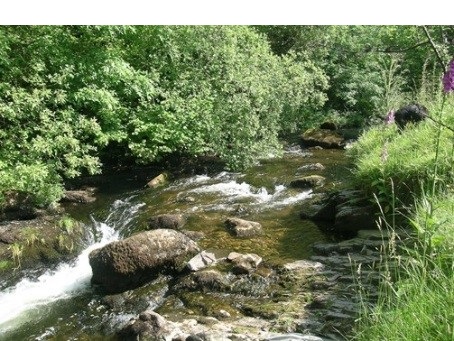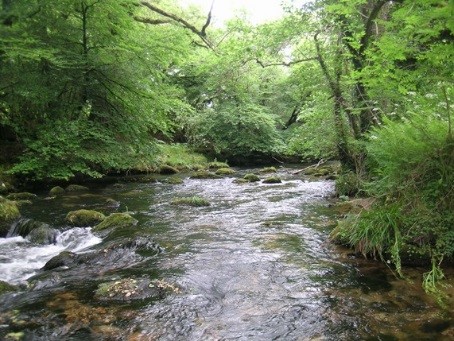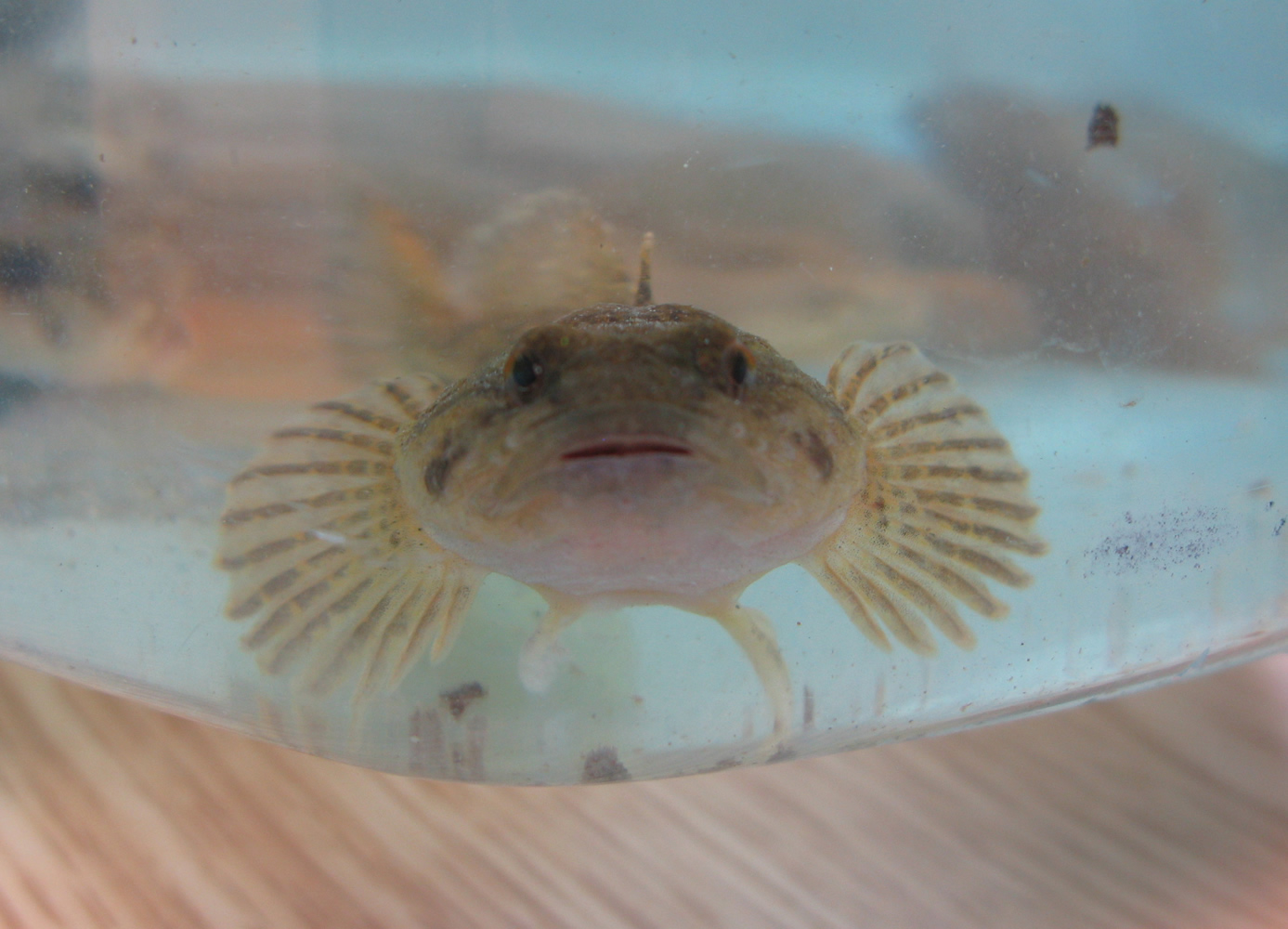
High energy river sections largely occur in the uplands or in hillier parts of lowland England, and can exhibit a range of water chemistries and trophic conditions. These sections include boulder-strewn rapids as well as active shingle river sections where gravel shoals are continually eroded, deposited and reworked. The stability and particle size of river substrates strongly influences the species that are supported. Stable boulders and cobbles favour the growth of mosses and liverworts and invertebrates associated with them, particularly in the humid

conditions created by tree-shading and ravines and gorges. Shifting gravel substrates support algal communities and invertebrate species adapted to the instability, whilst exposed gravel shoals that stabilise in-channel margins support diverse beetle assemblages. The fish community in high-energy sections

is naturally dominated by salmon, brown trout and eel along with a range of smaller species such as bullhead and stoneloach. These rivers have been degraded by straightening, flood embankments, flow regulation from headwater impoundments, loss of natural riparian vegetation (including trees), pollution, abstraction and non-native species.